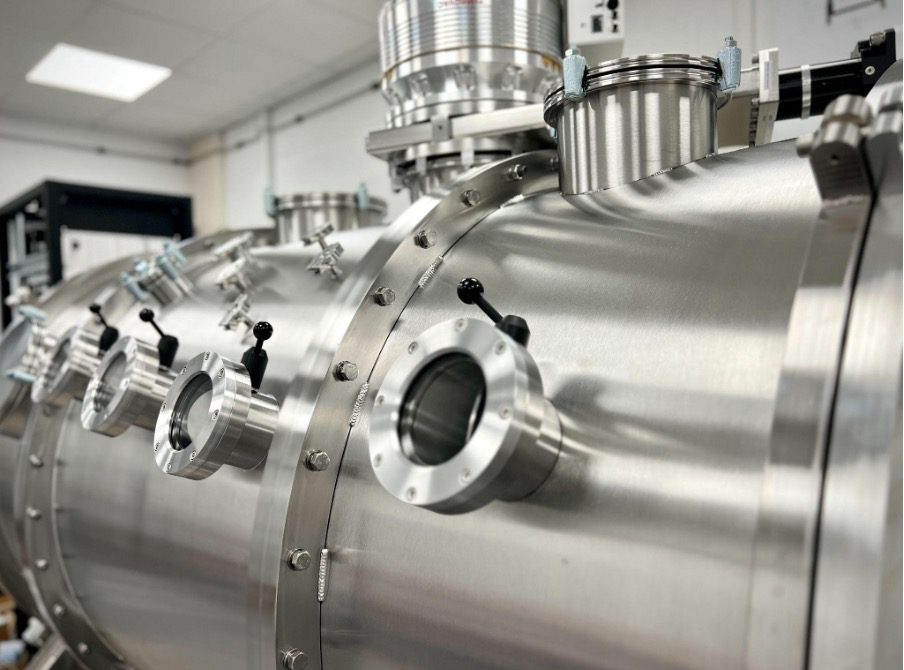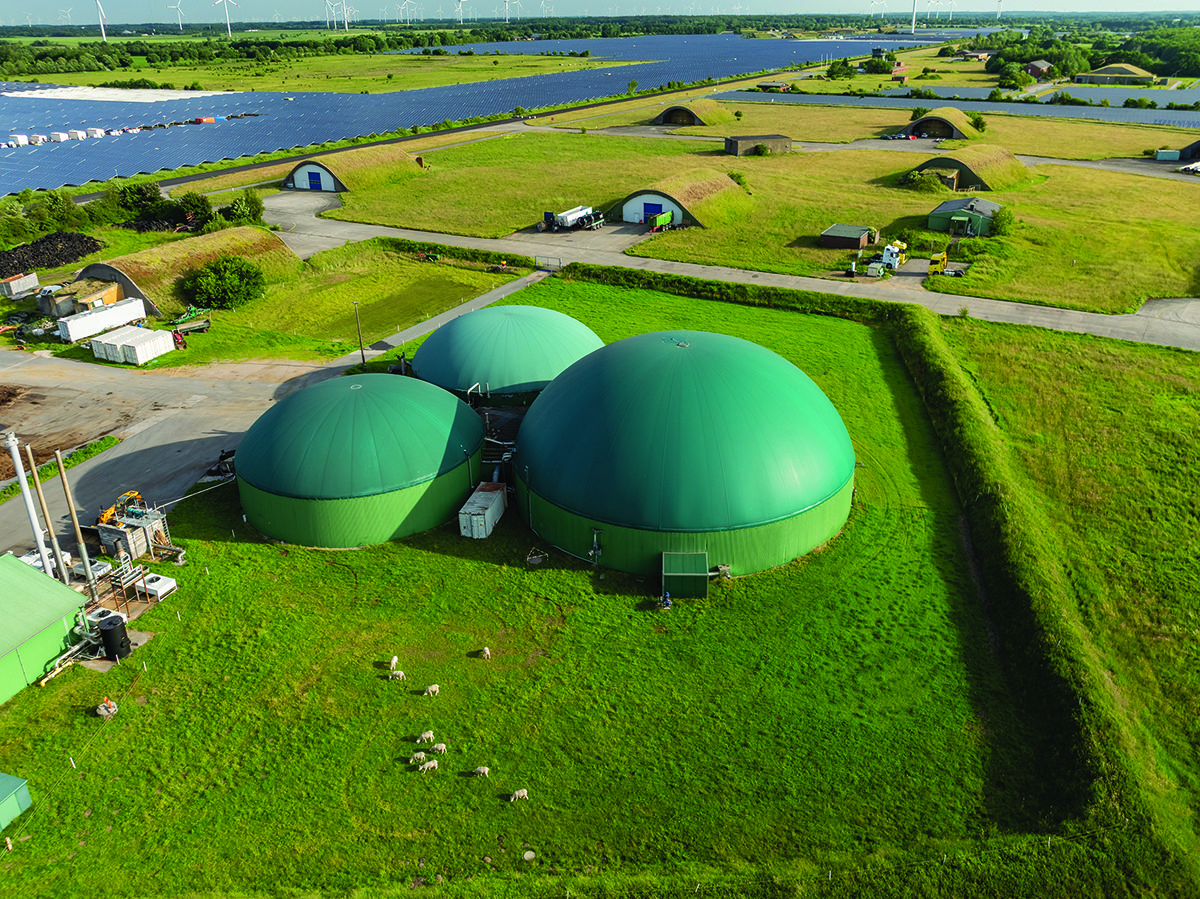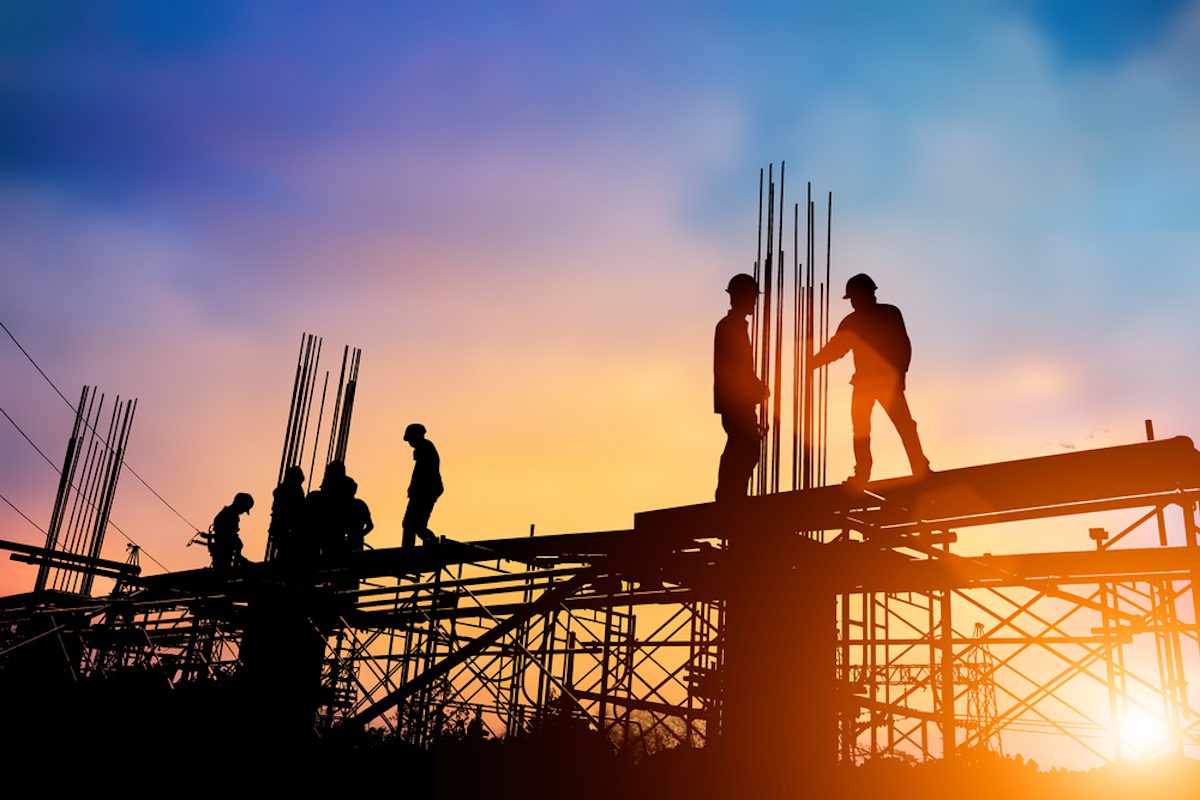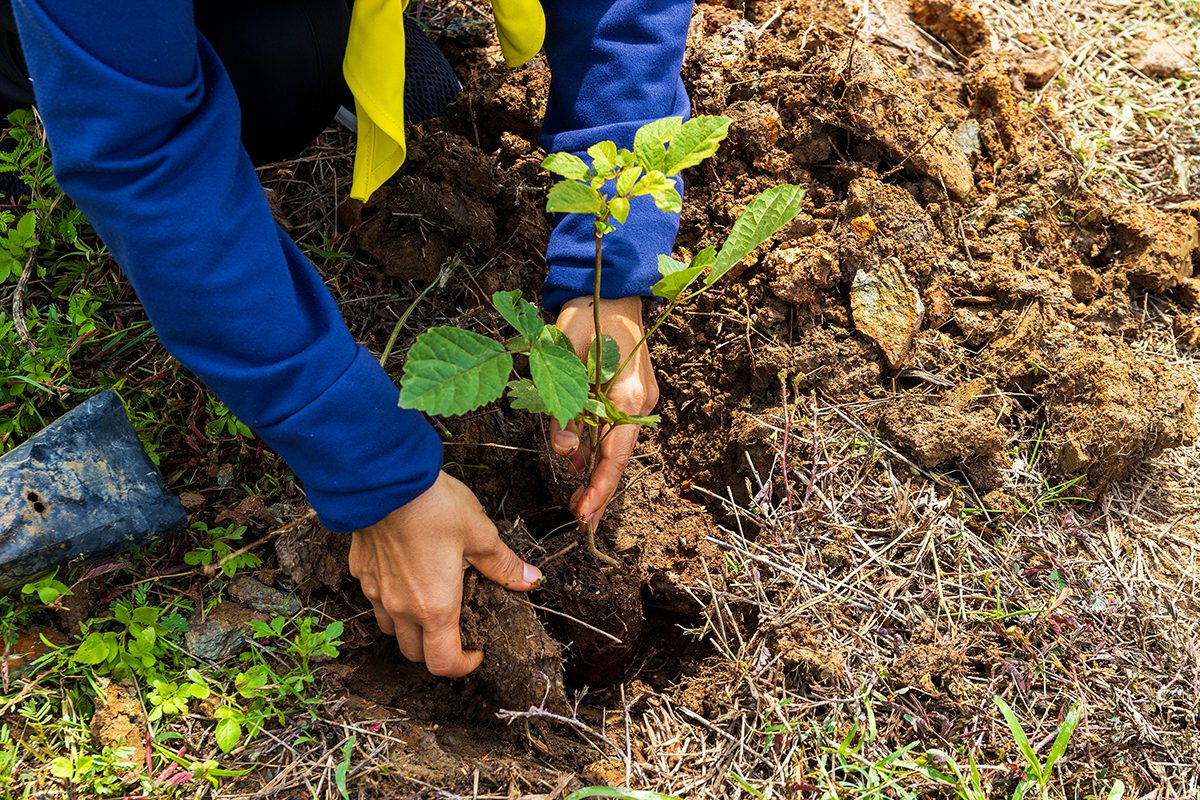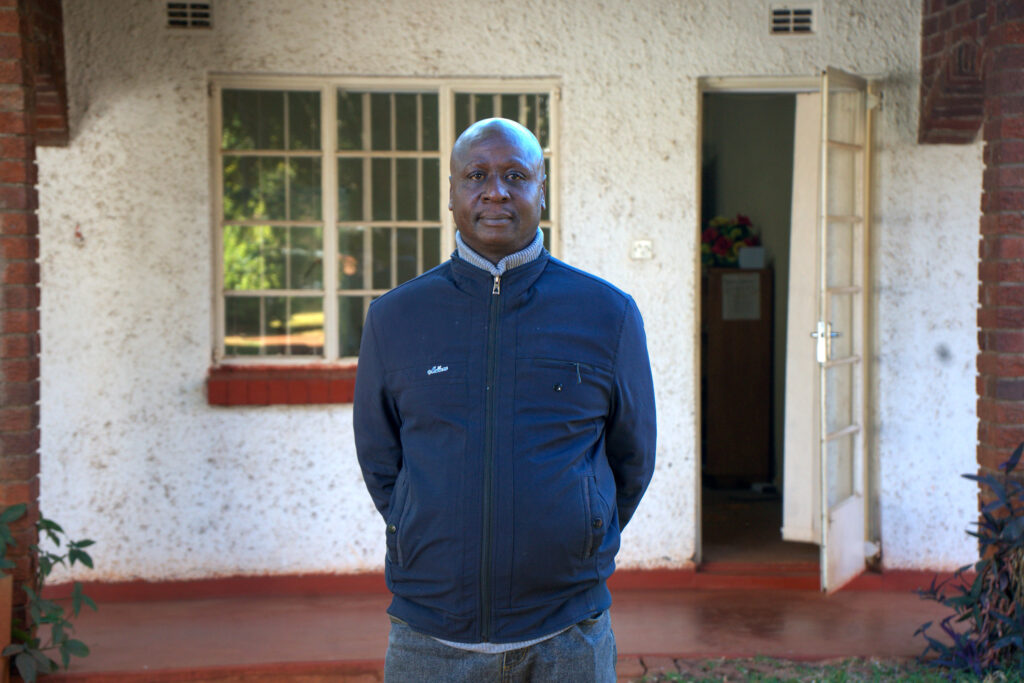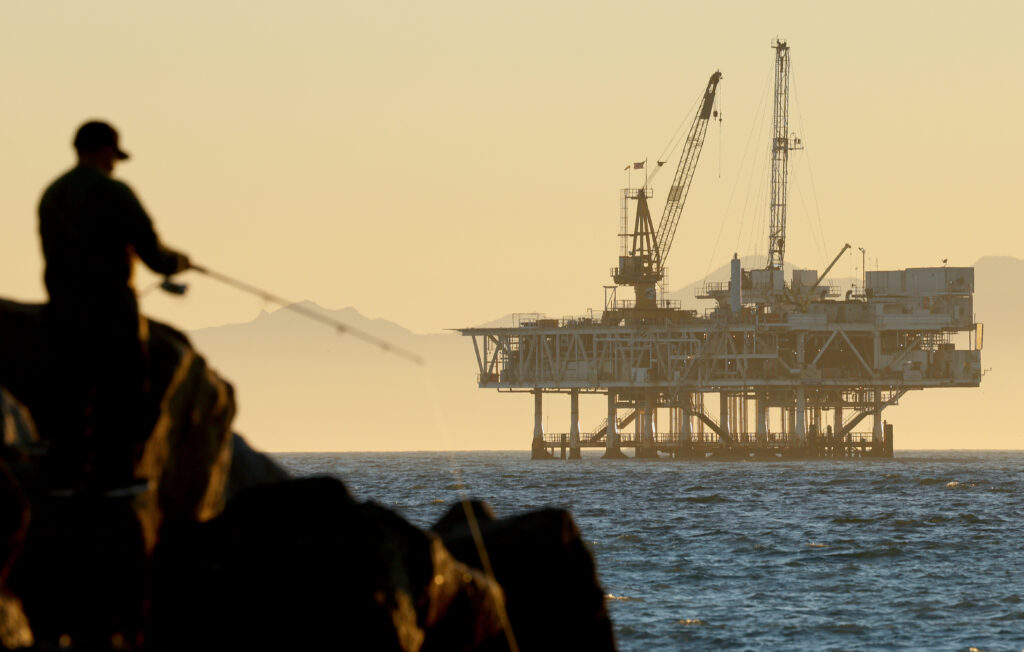Envirotec asked Aecom UK managing director Derrick Jepson for an overview of the UK air quality monitoring landscape today, and some of the challenges and opportunities it presents
Envirotec: How do gas analysers contribute to understanding pollution levels in the UK?
Derrick Jepson: Gas analysers are essential tools for quantifying the concentration of various pollutants in the air. They provide the data that helps researchers, policymakers, and the public understand the extent of pollution in different areas. This data is crucial for identifying pollution sources, assessing compliance with regulations, and developing strategies to improve air quality.
Envirotec: Can you explain a little about how to select a gas analyzer for air quality monitoring? And how expectations of performance, accuracy and so on should be adjusted in accordance with the type of instrument?
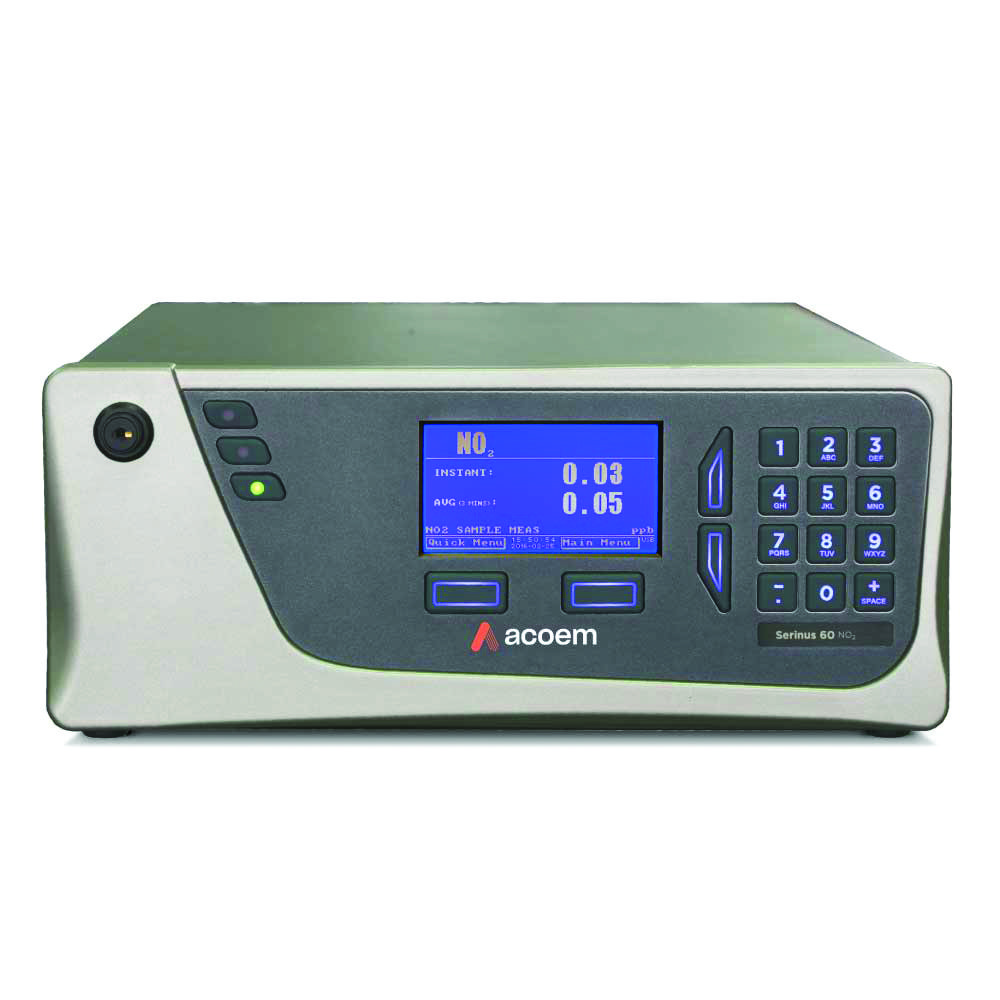
DJ: A distinction tends to be made between “indicative” and “reference” instruments, with indicative being the smaller and simpler type of device – the “sensing pods” you commonly see installed in train stations and airports, and which look a bit like a CCTV camera, but underneath you’ll see there’s a couple of sensors.
Reference instruments represent the upper end of what’s possible in accuracy and performance terms, and these will sometimes be housed inside a cabinet in a roadside location. Examples include Acoem’s Serinus 60 NO2 analyser (pictured, below).
The indicative instruments are commonly described as “low cost”, but this description doesn’t always apply.
Analysers are getting more accurate overall but external conditions can present difficulties, and one of the main challenges with air quality sensors is the variability in environmental conditions that can affect sensor performance.
Envirotec: So gas analyser technology is evolving. Does this impact environmental regulations?
DJ: With more accurate and reliable data, regulators can set more stringent standards based on better data. This, in turn, drives innovation in monitoring solutions, as industries seek to meet or exceed these evolving regulations.
Envirotec: What other challenges do you see in the current air quality monitoring landscape?
DJ: One key problem is the frequent lack of comprehensive monitoring networks in certain geographical locations, particularly in rural or underserved regions.
Ensuring that data is accessible and understandable to the public is also a challenge, as many people may not be familiar with air quality metrics.
Envirotec: Can you explain the importance of real-time data collection in air quality management?
DJ: It is critical because it allows for immediate responses to changing air quality conditions. For instance, if pollution levels spike due to traffic congestion or industrial activity, authorities can take swift action to mitigate exposure. Real-time data also helps in public awareness campaigns, giving communities the data they need to make informed decisions about outdoor activities.
Envirotec: How ought we to interpret the phrase “real-time performance” in manufacturers’ publicity material? Are there important caveats or contextual details to keep in mind?
DJ: The “holy grail” is obviously access to good, accurate data instantaneously. I would say the limiting factor here is to do with the speed of the internet connection. For example, we have a network of sensors installed across the UK for air monitoring, but this is data that needs to be collected and interpreted to give a meaningful answer. And so the level of “real-time” availability of this data in many ways comes down to having a good internet connection.
Envirotec: So we don’t yet have a real-time map of air quality?
DJ: I would say the real advancements here are to do with connectivity and data analytics. In a situation where you might want to have a true, real-time answer delivered instantaneously, then you’re going to have to resort to AI, and for some people that raises important questions regarding trust (i.e., do you trust the algorithm?).
Envirotec: What role does public awareness play in addressing pollution issues?
DJ: It’s vital in driving action on these issues. When communities are informed about pollution levels and their health impacts, they are more likely to advocate for change, whether that’s through supporting local policies, reducing emissions, or participating in monitoring efforts. Education campaigns can empower individuals to make healthier choices and engage in community initiatives.
Envirotec: How do you envision the future of air quality monitoring in the UK?
DJ: I envision a future where air quality monitoring is more integrated and accessible than ever before. With advancements in technology, we will see a proliferation of cost effective sensors that can be deployed in various locations, providing localised data. This will empower communities to take action based on real-time information. Additionally, I believe that data sharing between government, industry, and the public will become more common, leading to a collaborative approach to improving air quality.




